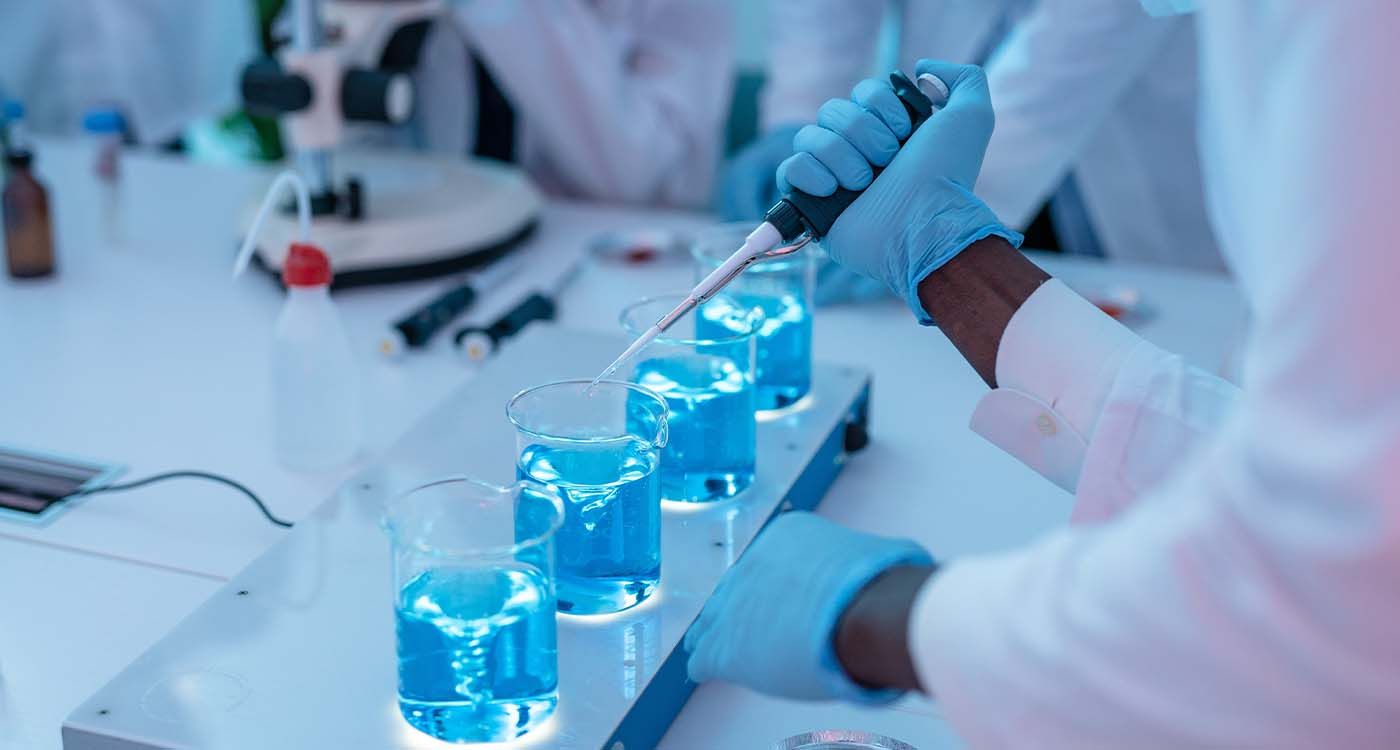
Scientists are sounding the alarm over the potential development of so-called “mirror bacteria”—synthetic organisms built on a form of chemistry that runs counter to all known life on Earth. Though still theoretical, the prospect raises serious bioethical concerns.
What if a completely foreign form of life—built according to rules opposite to our own—were to emerge from a laboratory? Long confined to the realm of science fiction, the idea is gaining new relevance with recent advances in synthetic biology. At the heart of the concern is the possible creation of a “mirror bacterium,” an organism based on reversed chirality—molecules that are symmetrical to those found in all known living beings, but flipped in orientation.
In our world, amino acids—the building blocks of proteins—are left-handed (L-form), while sugars are right-handed (D-form). Mirror life, by contrast, would reverse this setup entirely: it would rely on right-handed amino acids (D-form) and left-handed sugars (L-form). The result would be a radical chemical inversion. Our immune system wouldn’t recognize such organisms, our enzymes couldn’t break them down, and no natural bacteria would be able to compete with or eliminate them.
A Worldwide Call for Caution
In December 2024, 38 international researchers—including several Nobel Prize winners—published an open letter in Science calling for a global moratorium. Their message was unequivocal: research aimed at creating such artificial life forms must be halted or, at the very least, strictly regulated, given the potential threats to the planet’s biological balance.
While no mirror organism has yet been created, significant progress has already been made. Inverted peptides, mirror DNA and RNA, and even experimental ribosomes have been developed. Scientists estimate that assembling a complete living organism based on this reversed chemistry could become feasible within the next 10 to 30 years.
From a scientific perspective, creating such an organism would be a major breakthrough, paving the way for a completely different form of life, separate from our own biology. For instance, inverted proteins could deliver medications without being targeted by the immune system, opening up promising new treatment possibilities.
But the risks are very real. A mirror bacterium engineered for resistance could evade all current control measures. No existing antibiotic would be effective against it. If it were to establish itself in the environment, it could take hold in certain niches without natural competition. Even more concerning, some mirror enzymes might interfere with our biological processes in ways we don’t yet understand.
Heading Toward International Regulation?
Dame Angela McLean, the UK government’s chief scientific adviser, recently described the issue as a “global bioethical priority.” In March 2025, a conference hosted by the Pasteur Institute and the University of Cambridge sought to lay the groundwork for an international legal framework. Yet, for now, no laws explicitly prohibit this type of research.
Some researchers, however, argue against slowing scientific progress. They maintain that mirror life would require a highly specialized chemical environment to survive and would not be capable of directly interacting with human DNA or cells. Nevertheless, in a world of interconnected laboratories and the ever-present risk of accidents, caution remains necessary.
What is Chirality?
Chirality is a property of molecules: like our hands, some molecules exist in two symmetrical forms that cannot be superimposed. In nature, life has “chosen” one version for its building blocks—L-amino acids and D-sugars. Mirror life would use the opposite configuration. It would be invisible to our immune system and resistant to current treatments, because our biology is not equipped to recognize or interact with these reversed forms.


Comments